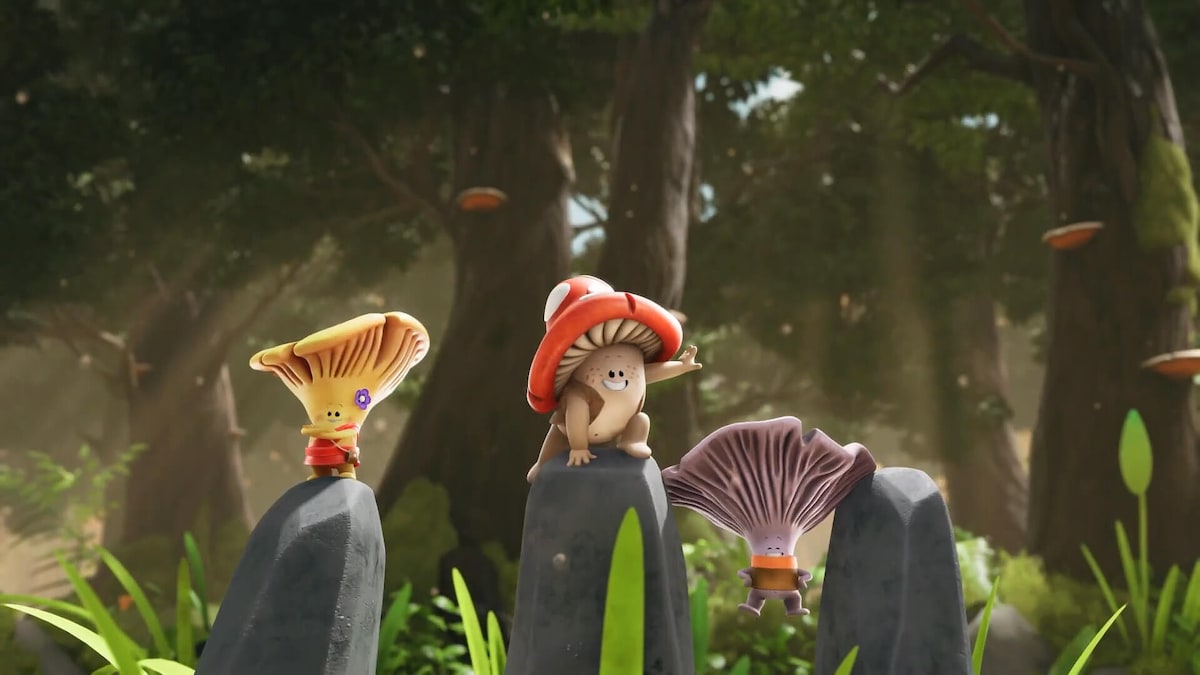This week’s theme was about how ecological design should be used to prevent further damage to the environment. Ecological Design is defined by Sim Van der Ryn as “any form of design that minimises environmentally destructive impacts by integrating itself with living processes”


Regarding this, I decided that I would like to research more into ‘green film making’, as mentioned in my annotated bibliography. As mentioned then, green filmmaking is when the “process of filmmaking is conducted with a view to minimising environmental impact”.
According to a Time Magazine article, an average blockbuster produces 3370 tonnes of CO2, which is equal to that produced by 656 homes per year. There is an increased need to implement more sustainable methods of film-making as since the pandemic the amount of total productions per year has risen steadily, meaning more lighting, more generators, more travel miles. Whilst the film industry isn’t the most wasteful in comparison to others, it is damaging enough to warrant a major change.
The United Kingdom has been making a strong effort towards green filmmaking since the 2010s, with many programs and initiatives developed by major film and television institutes in order to educate the wider industry and reduce emissions and waste. For example, Green Screen evaluates productions, provides a carbon estimate and works to reduce it, and BAFTA Albert offers tools and training towards a sustainable production.
I think that animation lends itself more to green film making than perhaps live action, animation already produces less of a footprint due to reduced need for transportation and resources, and it is easier to implement eco-friendly practices. Digital tools can replace physical waste, renewable electricity can be used to run all of the equipment as films are mostly produced in one studio, and any necessary physical items like designs, props, sets can be more readily made from recycled materials than larger, live action sets.

However, there is much more to consider during any given stage of a film production, many of which have little to do with the film itself. Transportation of people and goods, office heating and insulation, choice of equipment, food and drink for staff, the list goes on. During my research on green filmmaking, I have noticed that large studios and institutions have put a lot of effort into creating initiatives to educate others about green filmmaking, and setting a baseline for eco-friendly practices. As Van der Ryn states, “[Ecological Design] suggests that sustainability is a cultural process rather than an expert one, and that we should all acquire a basic competence in the shaping of our world”. If everyone in production can be educated on their green responsibilities, then I think we would find it a lot easier to design with the environment in mind.
Bibliography
- Van der Ryn, S. and Cowan, S. (2010). Ecological Design. Washington: Island Press.
- Gültekın, H. (2009). Ecological Design And Retrieving The Environmental Meaning. Memory in the Ontopoesis of Life, pp.73–79. doi:https://doi.org/10.1007/978-90-481-2501-2_6.
- Sax, S. and Johnson, Andrew.D. (2024). Film and TV’s Carbon Footprint Is Too Big to Ignore. [online] TIME. Available at: https://time.com/6767943/sustainable-film-and-tv-production/.
- Smith, R. (2023). How the film industry is contributing to climate change, and what they are doing to change it. [online] Epigram. Available at: https://epigram.org.uk/how-the-film-industry-is-contributing-to-climate-change-and-what-they-are-doing-to-change-it/.
Image Credits
- Van der Ryn, S. (2022). Philosophy. [online] Sim Van der Ryn. Available at: https://simvanderryn.com/philosophy.
- Youtu.be. (2025). Green Screen – NO PLANET NO FILM. [online] Available at: https://youtu.be/Eg-MnU4JWfU
- Unreal Engine. (n.d.). The path to sustainable animation with Mush-Mush & the Mushables. [online] Available at: https://www.unrealengine.com/en-US/spotlights/the-path-to-sustainable-animation-with-mush-mush-the-mushables.

